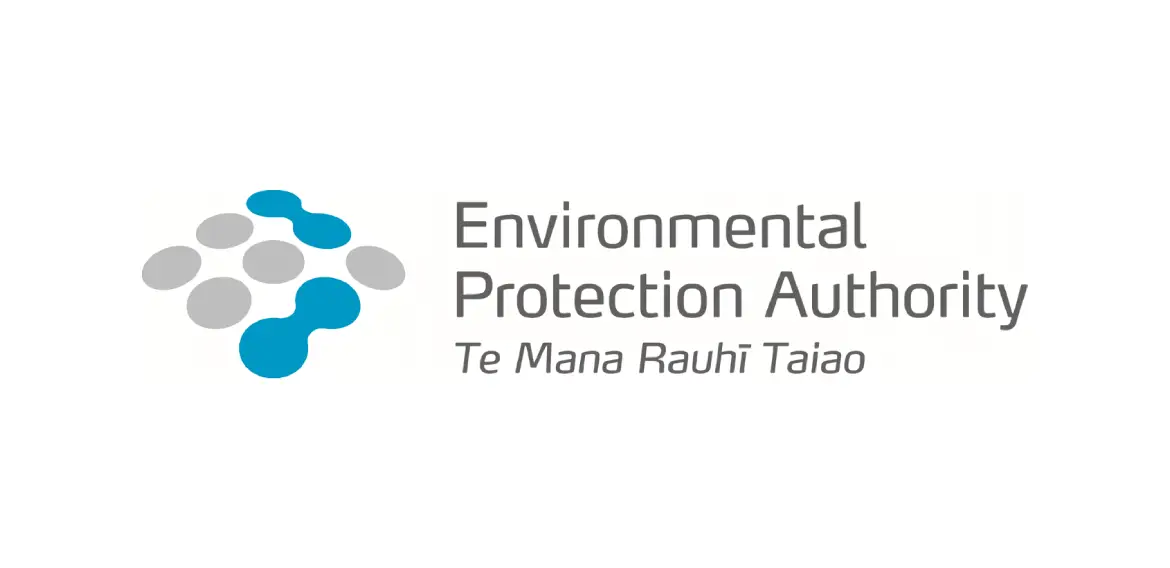The management of hazardous substances is of paramount importance to protect both the environment and human health. In New Zealand, the Environmental Protection Agency (EPA) plays a central role in regulating and overseeing the use, handling, and disposal of hazardous substances. This article explores the crucial functions of the EPA in managing these substances, highlighting its significant role in safeguarding the well-being of New Zealanders and the environment.
EPA’s Regulatory Framework:
The EPA operates under the Hazardous Substances and New Organisms (HSNO) Act 1996, a comprehensive legislative framework designed to ensure the safe management of hazardous substances. The Act provides the EPA with the authority to set standards, establish controls, and enforce regulations pertaining to hazardous substances in New Zealand.
Classification and Labelling:
One of the core responsibilities of the EPA is to classify hazardous substances based on their potential risks. This classification system helps to determine the appropriate handling, storage, transportation, and disposal requirements for each substance. Furthermore, the EPA oversees the labelling of hazardous substances, ensuring that containers are clearly marked with relevant warnings and safety information to protect workers and the public.
Assessment and Approval of Substances:
The EPA has the responsibility to assess and approve hazardous substances before they can be used, imported, or manufactured in New Zealand. This rigorous evaluation process involves considering the potential risks associated with the substances and assessing their potential impact on human health and the environment. The EPA may impose conditions or restrictions on the use of certain substances to minimize risks and ensure proper management.
Monitoring and Compliance:
To enforce compliance with regulations, the EPA conducts regular monitoring and inspections to ensure that individuals and organizations are following the approved rules and guidelines for handling hazardous substances. Non-compliance can result in penalties and enforcement actions, including fines and legal action, to ensure that those responsible for hazardous substances operate within the established safety parameters.
Public Education and Engagement:
The EPA actively promotes public education and engagement in matters related to hazardous substances. It provides information and resources to help individuals, communities, and businesses understand the risks associated with specific substances and how to manage them safely. By raising awareness and promoting best practices, the EPA empowers New Zealanders to make informed decisions and take proactive measures to protect themselves and the environment.
Emergency Response and Preparedness:
In the event of a hazardous substance incident, the EPA collaborates with other government agencies, local authorities, and emergency services to coordinate an effective response. It plays a vital role in providing guidance, expertise, and support to mitigate the impact of such incidents, ensuring the safety of communities and minimizing harm to the environment.
Continuous Research and Development:
The EPA actively engages in research and development activities to enhance its understanding of hazardous substances and their potential risks. This includes keeping abreast of scientific advancements, studying emerging substances and their effects, and updating regulations and guidelines accordingly. By staying at the forefront of knowledge, the EPA can adapt its regulatory framework to address new challenges and emerging threats.
Conclusion:
The Environmental Protection Agency in New Zealand plays a critical role in managing hazardous substances, protecting the environment, and ensuring public safety. Through its regulatory functions, classification systems, assessment processes, and compliance enforcement, the EPA contributes significantly to safeguarding human health and minimising the impact of hazardous substances on the environment. By promoting education, engaging the public, and responding effectively to emergencies, the EPA empowers individuals and communities to actively participate in the safe management of hazardous substances. Its ongoing research and development efforts enable the EPA to adapt and evolve in the face of new challenges, ensuring that New Zealand remains at the forefront of hazardous substances management.

